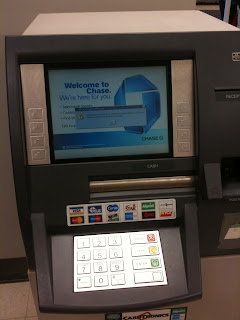- Revenue collection = taxation
- expenditures = gov. spending.
- Legislative
- full employment
- price stability (control inflation)
- economic growth
- Neutral (usually when an economy is in equilibrium)
- Government spending is fully funded by tax revenue
- budget outcome has a neutral effect on the level of economic activity.
- Expansionary (usually during recessions)
- fight unemployment
- shift AD to the right, increasing real output
- involves increasing gov spending, lowering taxes, or combination
- Contractionary (dealing with inflation)
- used to control demand-pull inflation
- meant to shift AD to the left
- involves reduction in gov spending, increasing taxes, or combination
- revenue should exceed gov. spending (run a budget surplus)
Automatic Fiscal Policy
- nondiscretionary, they happen automatically
- uses automatic stabilizers
- During an expansion
- as incomes rise (during an expansion) taxes increase
- slows spending (useful when economy approaching inflation)
- contributes to surplus (maybe) (will help in the next recession)

- During a recession
- as incomes fall so do tax rates
- encourages more spending (good when you want to encourage growth)
- decreasing taxes cushion the contraction


Transfer Payments (welfare / unemployment)
- increase during recession
- decrease during expansion
 The Tax Multiplier (discretionary fiscal policy)
The Tax Multiplier (discretionary fiscal policy) When government injects spending into the economy
- the spending multiplier will be affected by MPC/MPS
- but only after the private citizens begin to spend.
 If government uses tax cuts to spur economic activity,
If government uses tax cuts to spur economic activity, - the multiplier effect is assumed to be LESS effective than the government transfer.
- because people will save part of the amount of the tax cut immediately when they are given new disposable income.
- Remember, disposable income can only be used for either spending or savings.
 IN addition, tax rates will also reduce the effectiveness of growth when people discover that they owe more taxes as their income levels improve.
IN addition, tax rates will also reduce the effectiveness of growth when people discover that they owe more taxes as their income levels improve. 





























